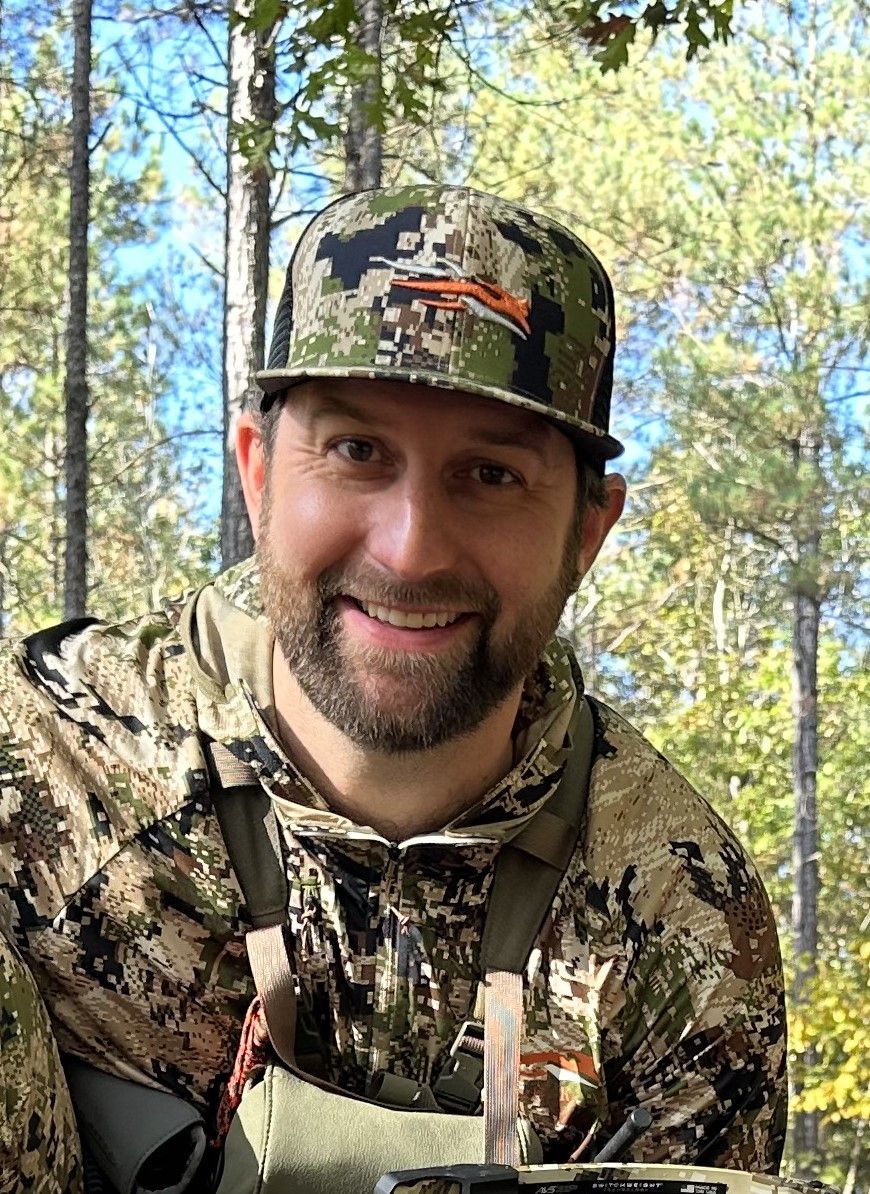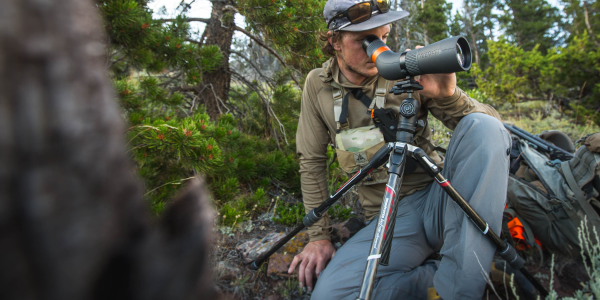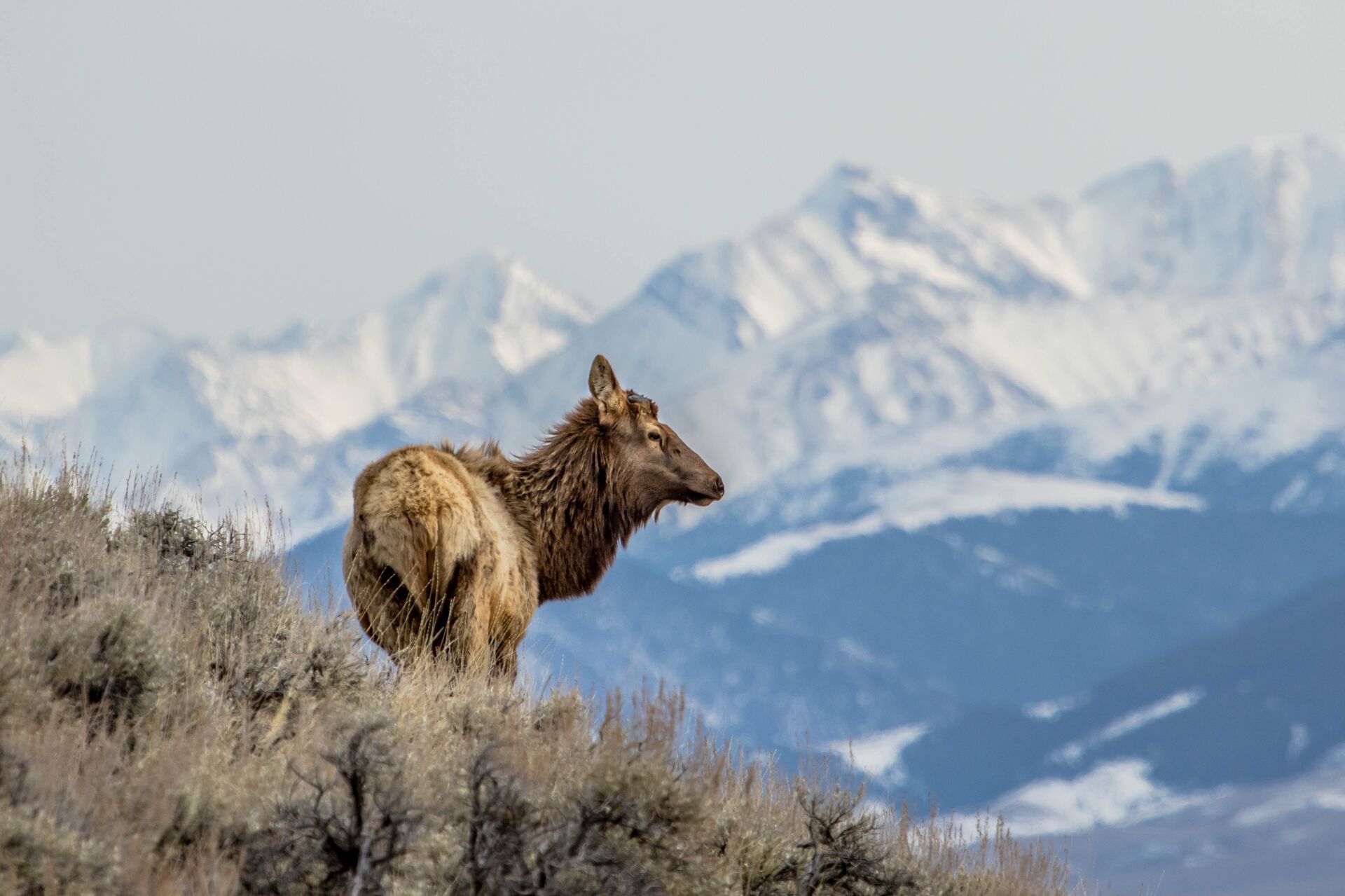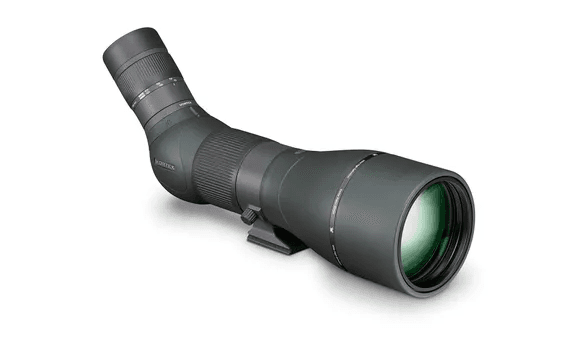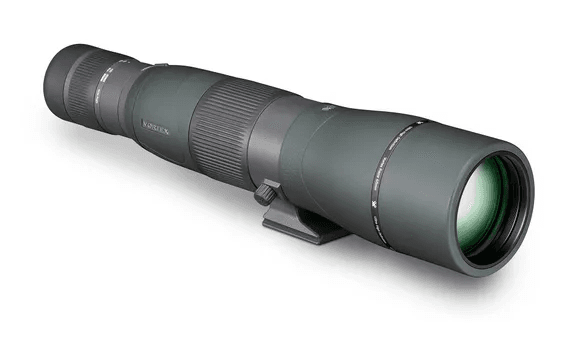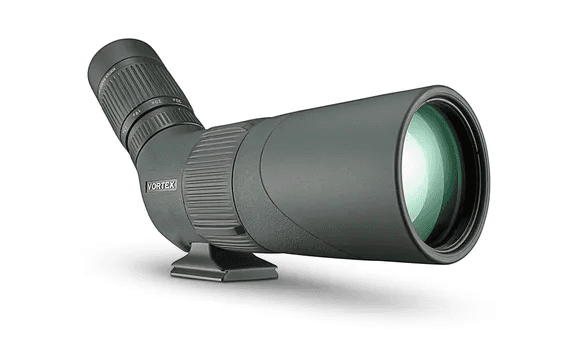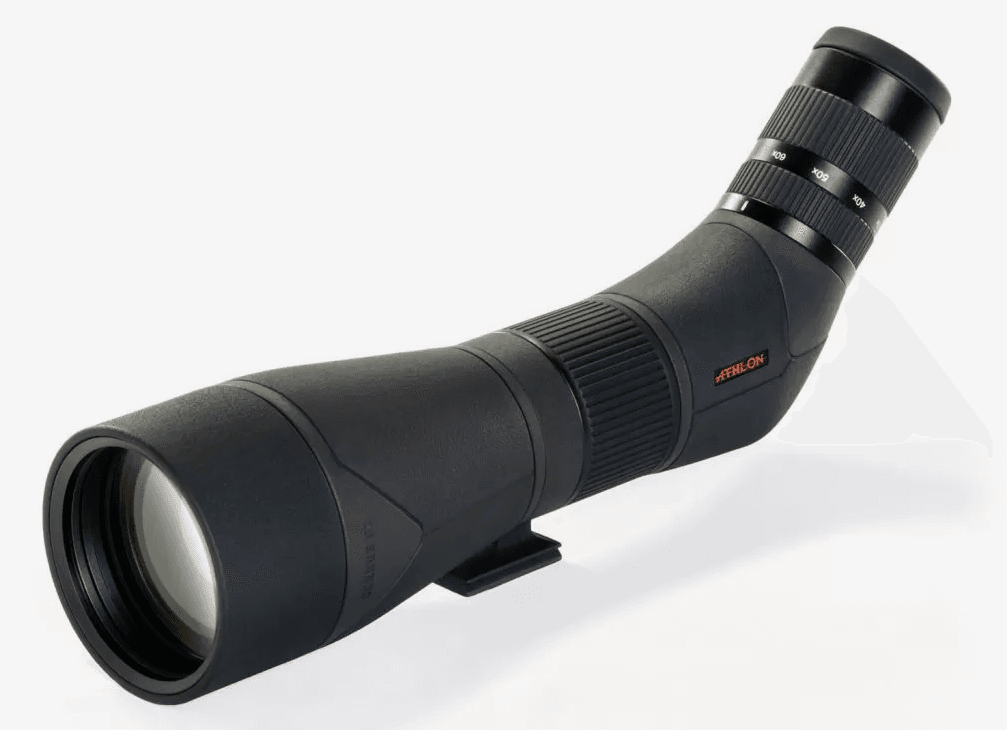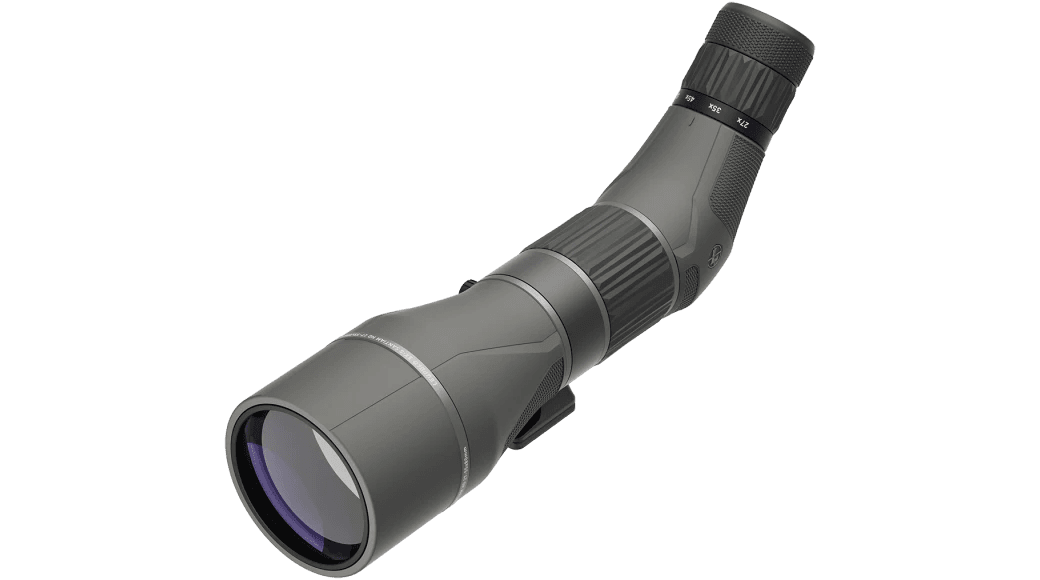Field Guide / Gear
Best Spotting Scopes for 2025
When scanning the landscape, a spotting scope is not just an investment; it's a game-changer. It enhances detailed observation, enabling you to spot, track, and note animal movement patterns, empowering you to formulate a precise plan.
Previous in Gear
More Content Like This
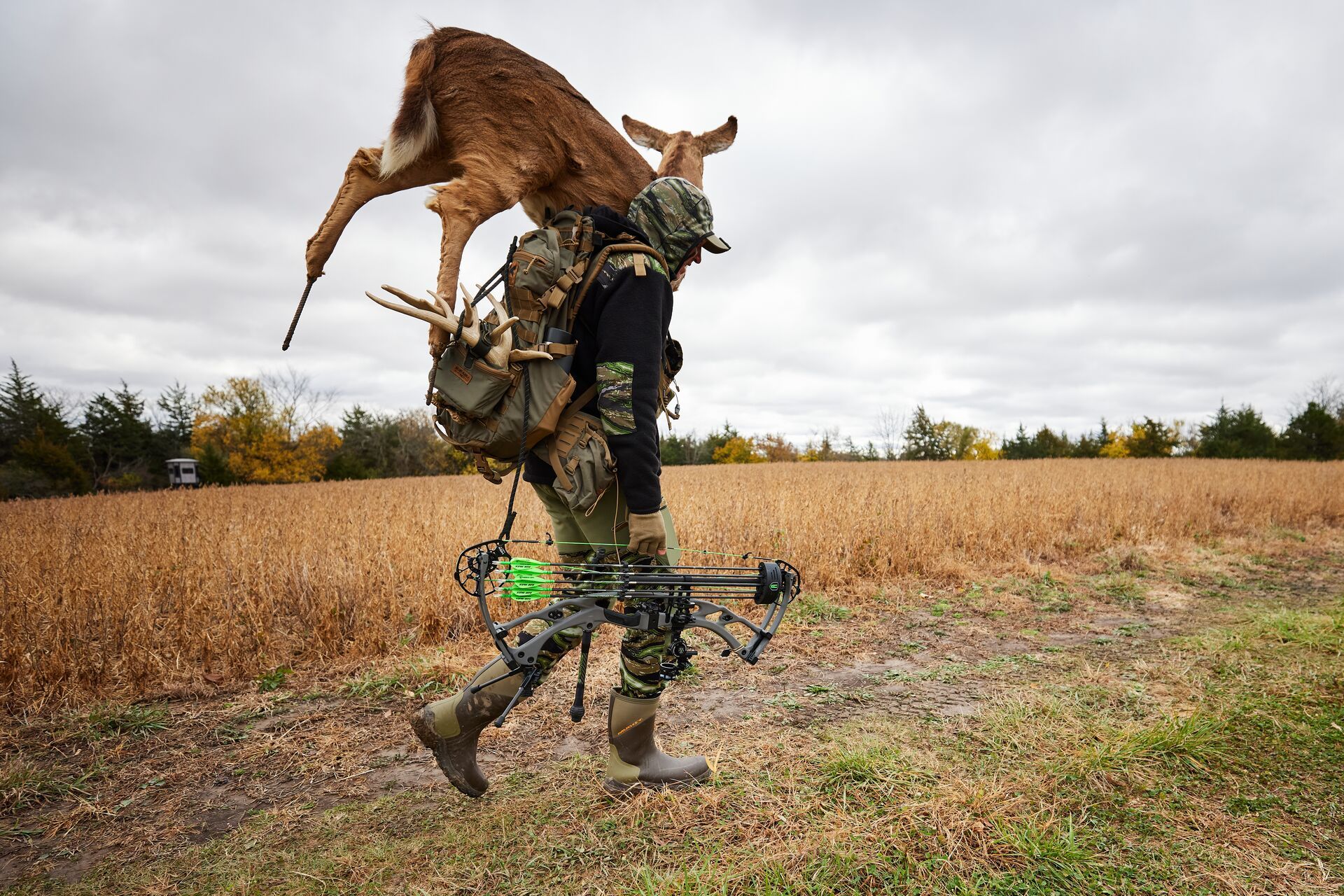
The Best Deer Decoys for 2025
Hunters have been using decoys since early tribes roamed the plains and forests of North America centuries ago. Reports from the first settlers describe Powhatan Indians wearing buckskins with their heads attached for stalking whitetail bucks during ...Read More
Read More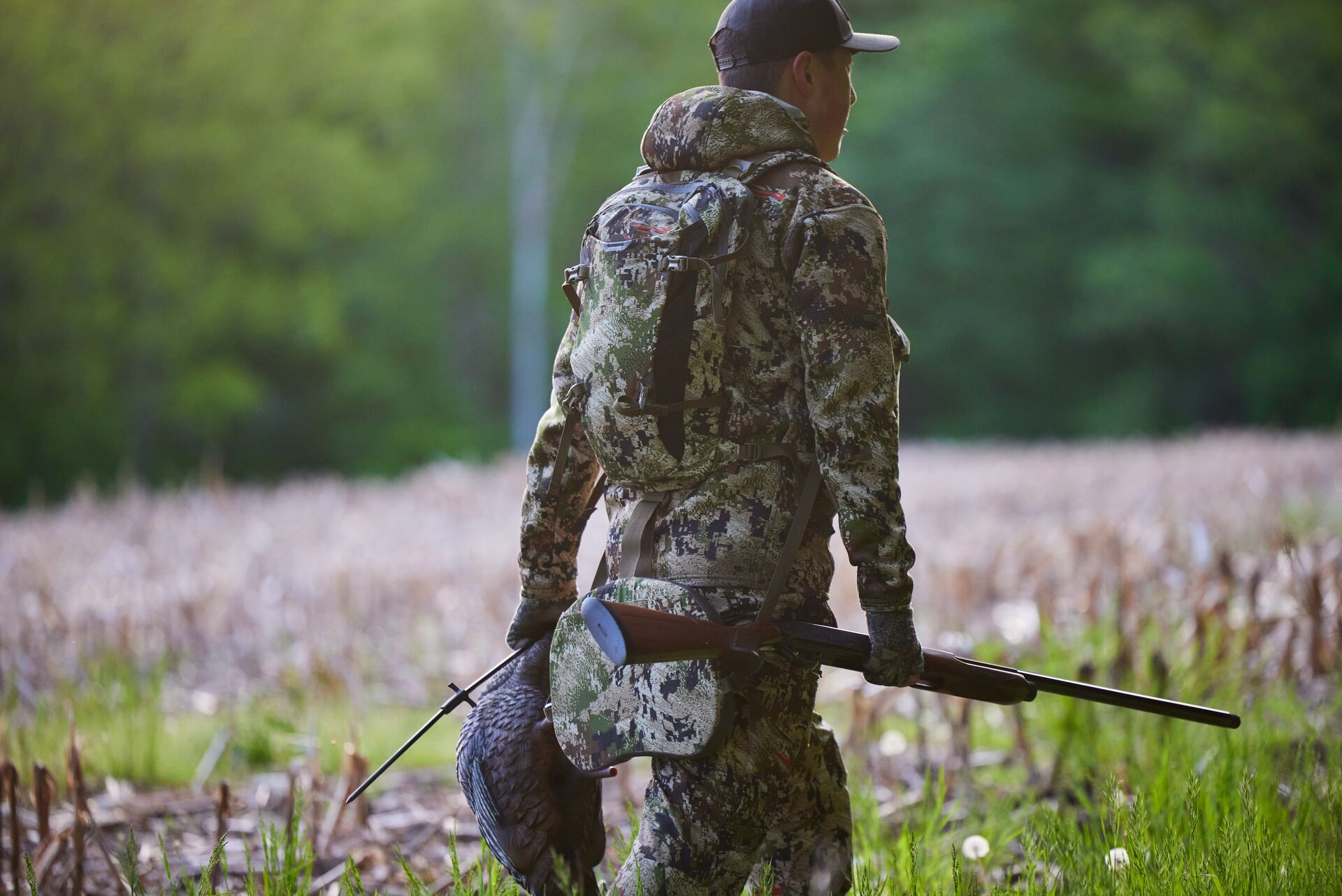
Best Turkey Decoys For 2024
Decoys play a pivotal role in turkey hunting. The key to their effective use lies in realism, strategic placement, and using the right amount. Various factors, including the season and flock sizes, can influence their success. Read More
Read More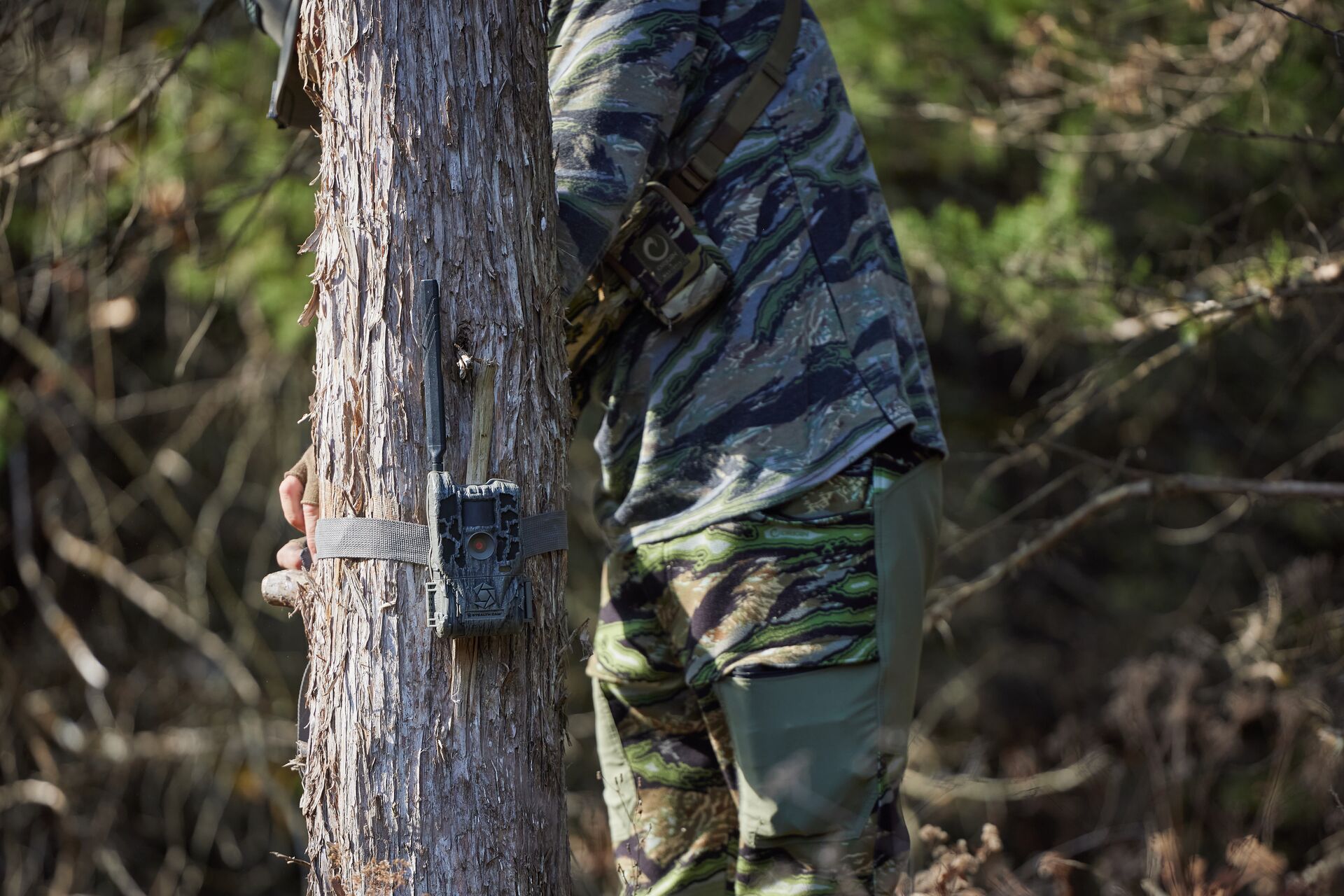
How to Set Up a Trail Camera for Fall Hunting Success
How to set up a trail camera for hunting success is something that every hunter has found themselves stumped on at some point or another, whether you're a greenhorn to hunting in general or a veteran just now becoming interested in utilizing one.Read More
Read More Gear
GearThe Best Deer Decoys for 2025
Hunters have been using decoys since early tribes roamed the plains and forests of North America centuries ago. Reports from the first settlers describe Powhatan Indians wearing buckskins with their heads attached for stalking whitetail bucks during ...Read More
Read More Gear
GearBest Turkey Decoys For 2024
Decoys play a pivotal role in turkey hunting. The key to their effective use lies in realism, strategic placement, and using the right amount. Various factors, including the season and flock sizes, can influence their success. Read More
Read More Gear
GearHow to Set Up a Trail Camera for Fall Hunting Success
How to set up a trail camera for hunting success is something that every hunter has found themselves stumped on at some point or another, whether you're a greenhorn to hunting in general or a veteran just now becoming interested in utilizing one.Read More
Read More
1 of 3
